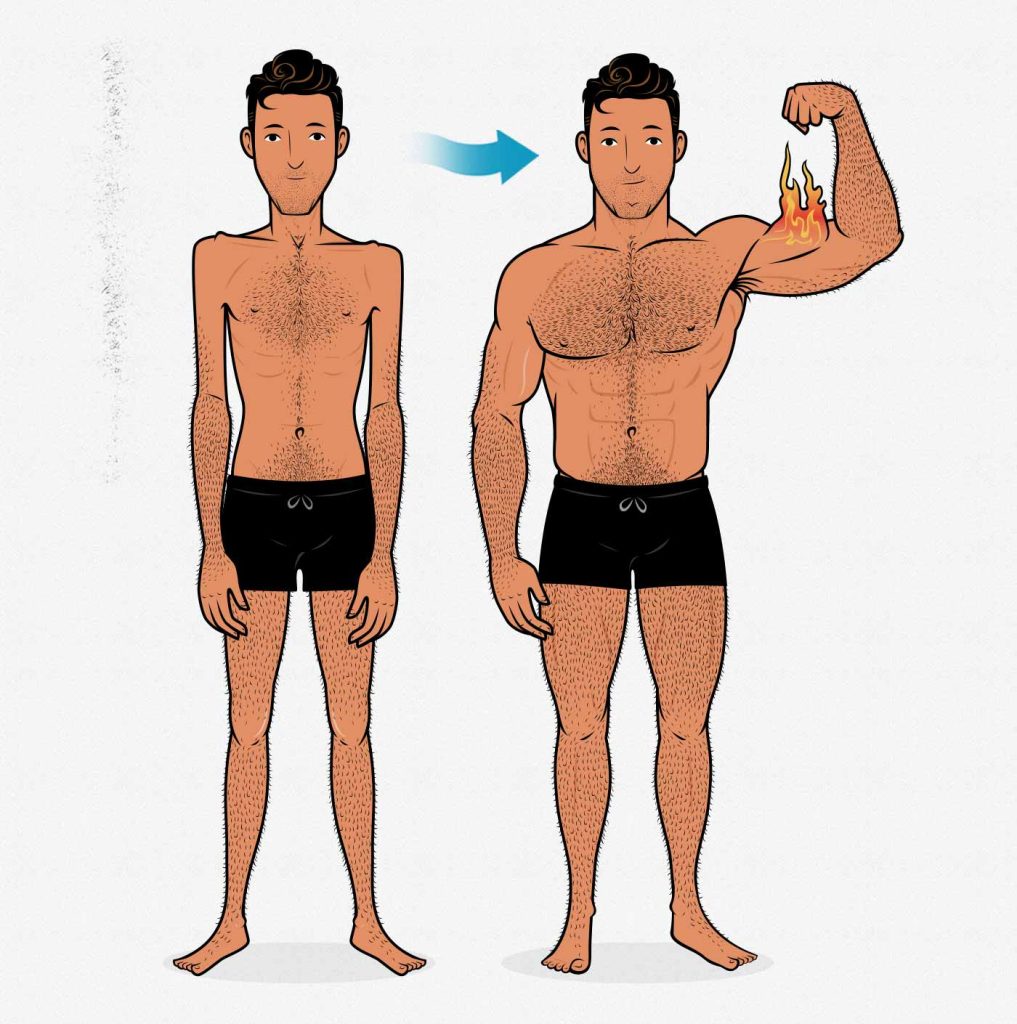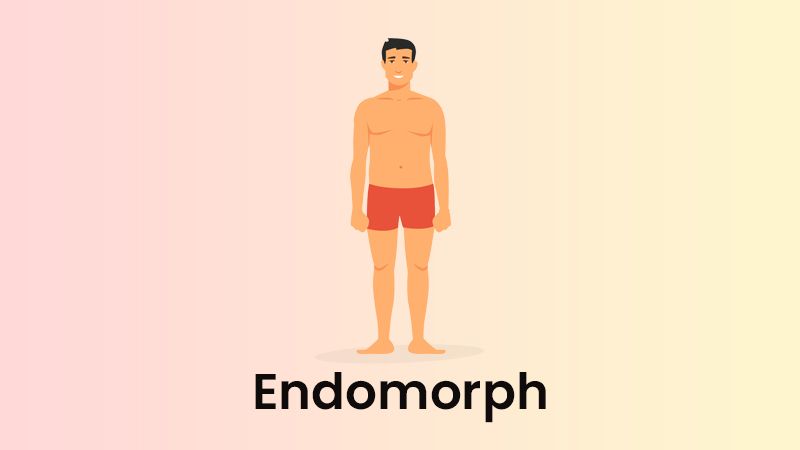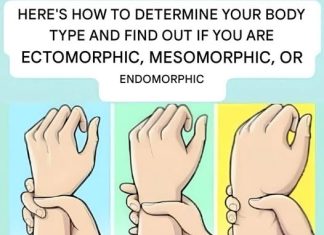Understanding your body type—whether ectomorph, mesomorph, or endomorph—can be instrumental in tailoring your fitness and nutrition strategies to achieve optimal health and performance. These classifications, known as somatotypes, were introduced by psychologist William H. Sheldon in the 1940s and, while not without controversy, remain a useful framework in fitness and nutrition planning.
Ectomorph: The Lean and Long

- Physical Traits: Ectomorphs are typically characterized by a slender, linear physique with narrow shoulders and hips, long limbs, and minimal body fat. They often have a fast metabolism, making weight and muscle gain challenging.
- Dietary Recommendations: To support muscle growth and energy needs, ectomorphs should consume a higher-calorie diet rich in complex carbohydrates, lean proteins, and healthy fats. Frequent meals and snacks can help meet caloric requirements.
- Exercise Guidelines: Focus on resistance and strength training with adequate rest between sets to promote muscle hypertrophy. Limiting excessive cardio can prevent unwanted weight loss.
Mesomorph: The Naturally Athletic
- Physical Traits: Mesomorphs possess a naturally muscular and well-proportioned body, with broad shoulders, a narrow waist, and an efficient metabolism. They tend to gain muscle easily and can lose or gain weight without much difficulty.
- Dietary Recommendations: A balanced intake of macronutrients—carbohydrates, proteins, and fats—is ideal. Emphasizing lean proteins, whole grains, and healthy fats supports muscle maintenance and overall health.
- Exercise Guidelines: Combining strength training with cardiovascular exercises can help mesomorphs maintain their physique and prevent fat accumulation. Varying workout routines can also prevent plateaus and promote continued progress.
Endomorph: The Solid and Soft
- Physical Traits: Endomorphs typically have a higher body fat percentage, wider waist, and a larger bone structure. They may find it easier to gain weight and harder to lose it due to a slower metabolism.
- Dietary Recommendations: A diet lower in carbohydrates and higher in proteins and healthy fats can be beneficial. Focusing on whole foods and controlling portion sizes can aid in weight management.
- Exercise Guidelines: Incorporating both cardiovascular exercises, like HIIT, and strength training can boost metabolism and promote fat loss. Consistency is key to overcoming the natural propensity for weight gain.

Embracing Your Unique Composition
It’s important to recognize that most individuals don’t fit perfectly into a single somatotype. Many people exhibit characteristics of multiple body types, and these can change over time due to factors like aging, lifestyle, and training. Understanding your body’s tendencies allows for more personalized and effective fitness and nutrition strategies.
By acknowledging and working with your body’s natural predispositions, you can set realistic goals and develop a sustainable approach to health and fitness that aligns with your individual needs.

















